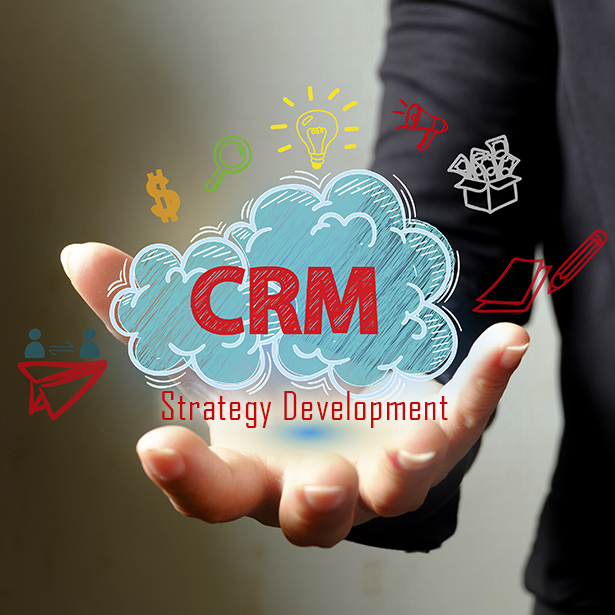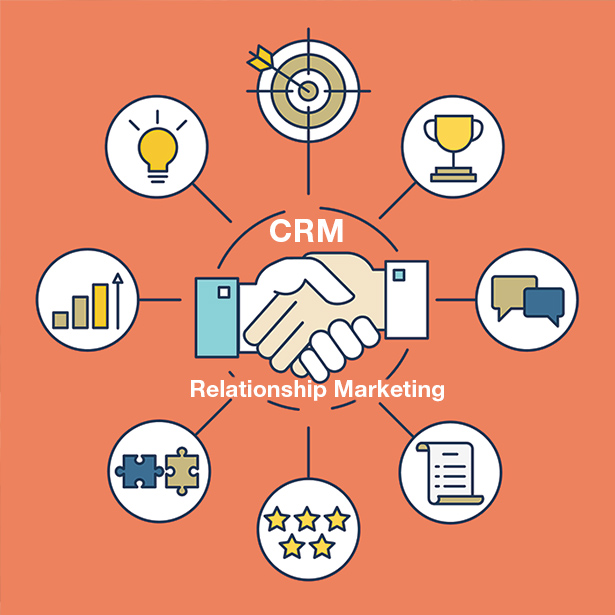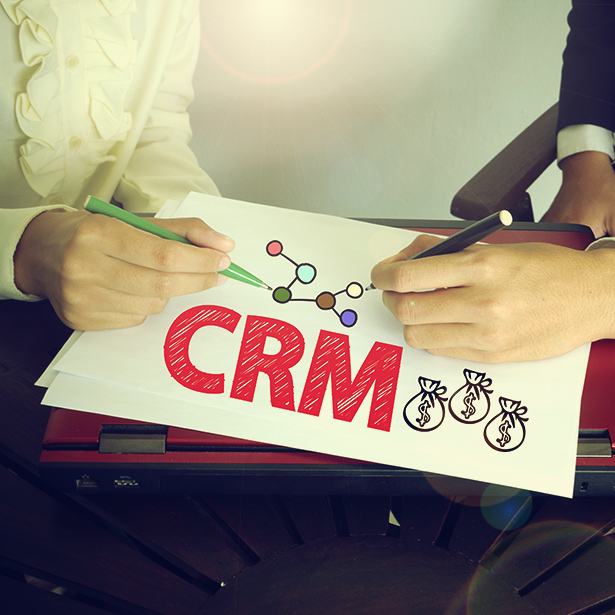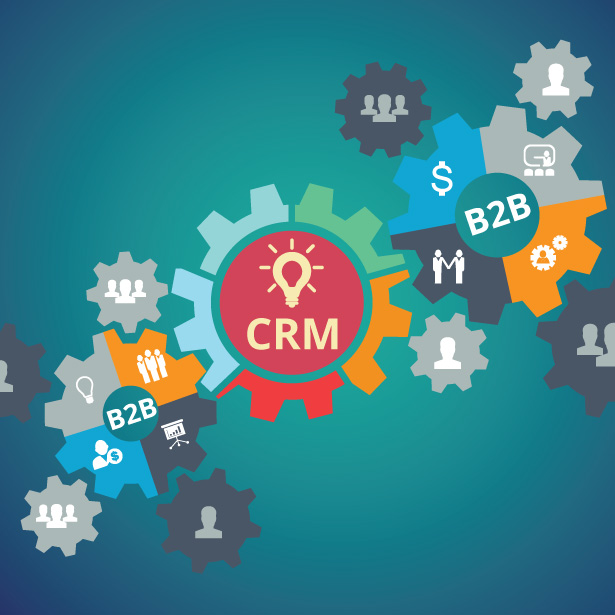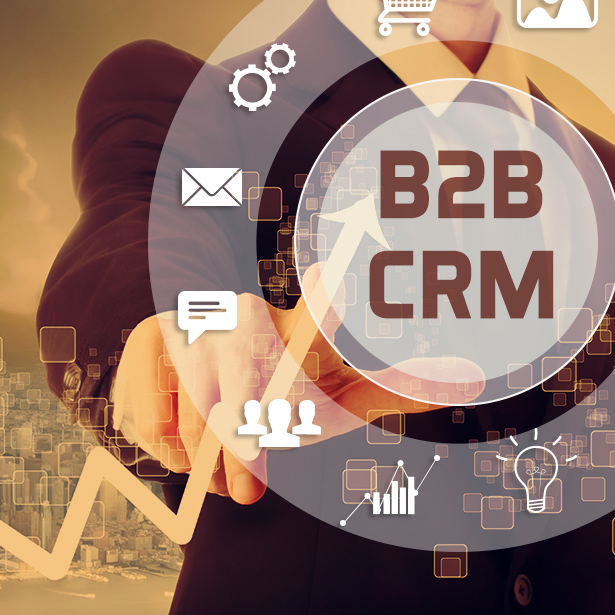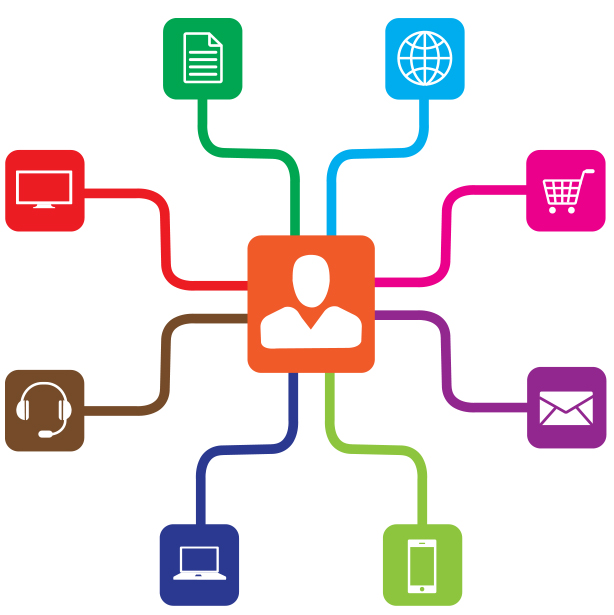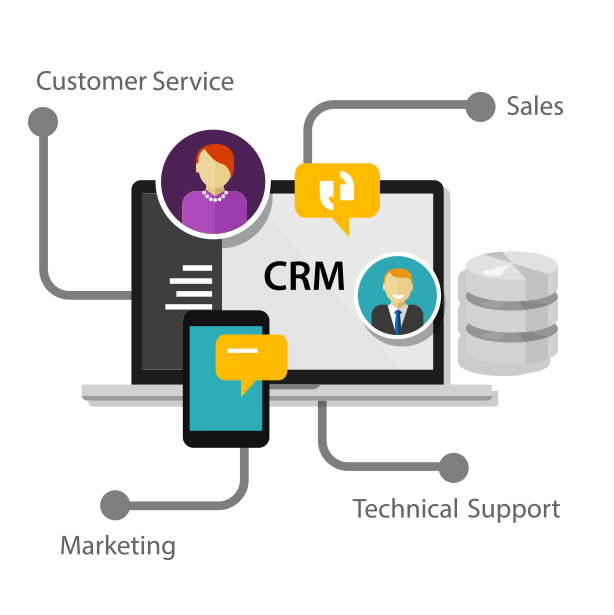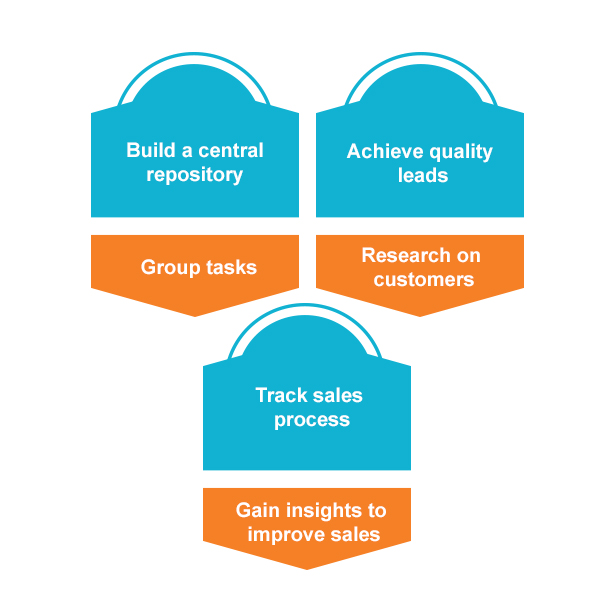A CRM strategy majorly focuses on Business Strategy and Customer Strategy. For an organization, it is important to realize where it stands in the industry, and where it intends to reach in the next 5 years or so.
Central to this will be making decisions about customer choice and characteristics, and segment granularity. That also includes the knowledge of how feasible one-on-one or individualized approach to a customer is for the firm, looking from a cost point of view. Both, the present and the future situations, need to be evaluated to make this decision.
Product-based selling
Here, the firm has information only about the transactions and some basic details related to it, and they can conduct some variability tests to determine channel productivity. For instance, there may be a customer mailing list, but there is probably little or no detailed information on individual customers.
For product-based selling, a number of simple analyses can be conducted to improve decision making using a relatively simple database. For example, simple query and analysis tools can be used directly on one or more of the existing operational systems of the organization or, for a more sophisticated analysis operational data can be combined with additional data (often taken from external sources) using specialist tools. These may be used to undertake analyses such as:
- Simple mailing list analysis
- Elementary segmentation based on products or channels
- Simple query and reporting for sales productivity and channel productivity
One great example of Product based selling is a retailer that has not yet developed a royalty-based program for its frequent customers. Although they have lots of data about individual transactions, they are unable to connect sales back to the customers. Many retails have outsourced their billing and credit card services to third parties, due to which, they do not have enough information to predict sales flow and stock levels appropriately. Organizations are increasingly finding that power in the supply chain is held by the organization that has the ownership of customer information.
Managed service and support
Most companies tend to upgrade from product-based selling to managed services and support as their first extension of CRM by setting up a call centre or helpdesk. Here the objective is to identify the most important customer and build strategies to retain them.
Here the approach is basically to add customer service to sales. The objective is to build improved relationships with customers through enhanced levels of service and support. The communication is person to person or individualized. This usually involves using more sophisticated applications on relatively unsophisticated customer data. Examples of such applications include:
- Contact centers/help desks
- Telemarketing
- Contact management
- Salesforce automation
A nice example is Utility companies, where customer service staff has basic customer data – such as name, address, phone number, and the most frequently called numbers. They deal with individuals by making calls and they can tailor individual services to customers on a person-to-person basis.



